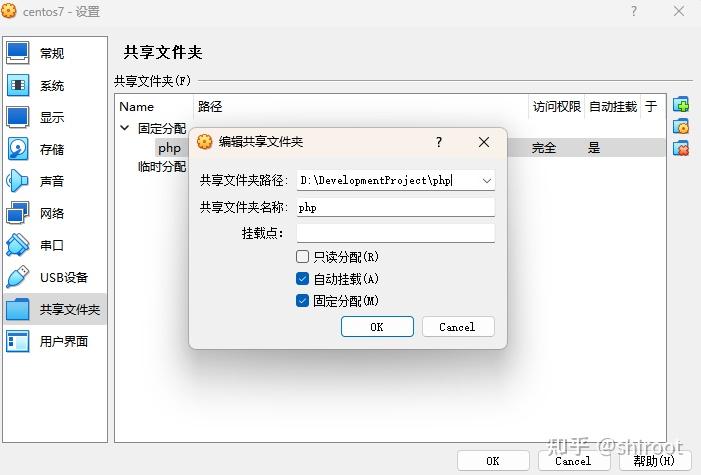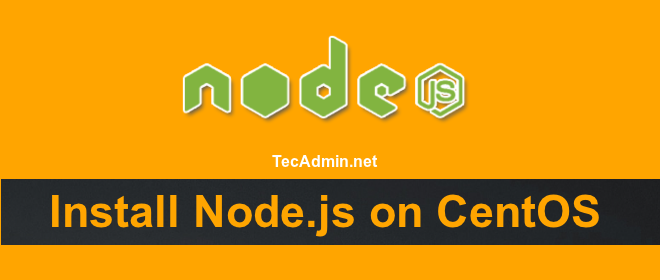

When it's completed, type: sudo make install It will take a long time to put everything together.

We can now setup and build the program as follows. To acquire them right now, use yum: sudo yum install gcc gcc-c++ In order to build the code, we'll need to download a few items from the CentOS repository. Type: to extract the archive and move it to the new directory: to extract the archive and move it to the new directory tar xzvf node-v* & cd node-v* To download the archive file, run wget on your server and paste the URL you copied: wget Right-click the " Source Code" link on the downloads page and choose "Copy link address" or whatever comparable option your browser provides. To do so, go to the project's website and download the source code. Obtaining the source code and compiling it yourself is one method of obtaining Node.js. The EPEL installation instructions or the NVM installation processes will be preferred by the majority of users.

In this post, we'll teach you how to install Node.js on a CentOS 7 server in a few different methods so you can get started.

Development may be quick and consistent by adopting Javascript as both the client and server language. It enables users to construct networked apps with backend functionality quickly and simply. If that's the case, consider using a third-party/other Yum repository that packages and/or tracks new Node versions (like this one), or using a different package manager (does npm support updating the Node instance it runs on?) or manually downloading/installing the is a server-side programming framework based on Javascript. building form source), you may have to run a yum install nodejs (rather than update) or whatnot in order to start managing your NodeJS instance via Yum.Īlso, since Node is so heavily developed, and releases so often, it's possible that RPM packagings of more recent versions may not percolate down into the Yum repositories for distribution for some time (that's my experience with EPEL and a lot of rapidly-developed software). If you got Node from a non-Yum source (e.g. Follow the instructions at Node's " Installing Via Package Managers" page to load the repository onto your system, run yum clean all once for good measure, and then try the yum update command again. It doesn't look like you have the NodeJS Yum repository loaded on your system.


 0 kommentar(er)
0 kommentar(er)
